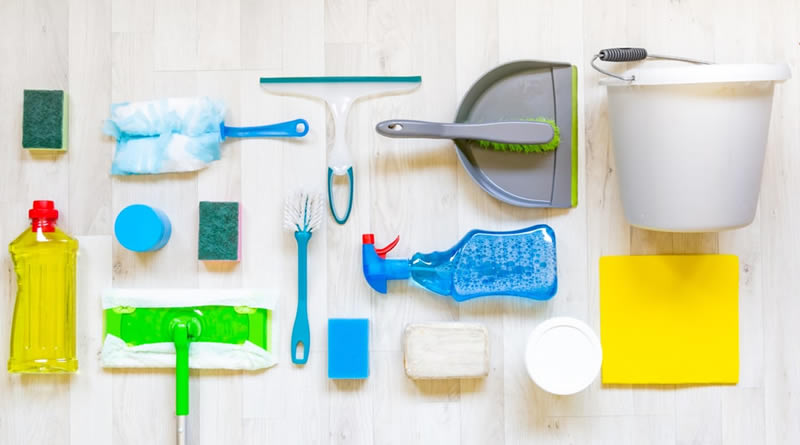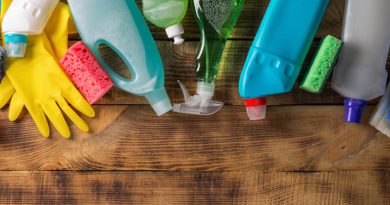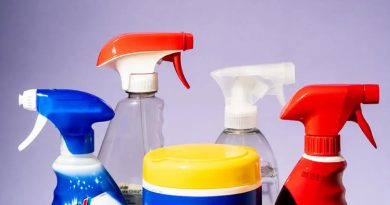How should cleaning materials be used?
Cleaning our living spaces is a routine task that helps maintain a clean and comfortable environment. To ensure optimal cleaning results and the longevity of surfaces and materials, it’s important to use cleaning materials correctly. In this article, we will explore the proper use of cleaning materials, providing useful tips and guidelines for effective cleaning practices.
The Importance of Proper Cleaning Material Usage
Using cleaning materials correctly not only enhances their effectiveness but also helps prevent damage to surfaces, reduces waste, and ensures a safer cleaning experience. When cleaning materials are used improperly, they may not deliver the desired results, and there is a risk of unintended consequences such as residue buildup, discoloration, or even surface deterioration.
General Tips for Using Cleaning Materials
- Read and Follow Instructions: Before using any cleaning product, carefully read the instructions provided by the manufacturer. Follow the recommended dilution ratios, application methods, and safety precautions.
- Test in an Inconspicuous Area: Before using a cleaning material on a visible surface, test it in a small, hidden area to ensure compatibility and prevent any potential damage or adverse reactions.
- Use Appropriate Tools: Select the right cleaning tools for the task at hand. For example, microfiber cloths are effective for dusting, while soft bristle brushes are suitable for delicate surfaces. Using the correct tools improves cleaning efficiency and minimizes the risk of scratches or other damage.
- Dilute Cleaning Solutions Properly: When using concentrated cleaning solutions, dilute them according to the instructions. Overdiluting may render the product ineffective, while underdiluting can lead to product wastage or even surface damage.
- Apply Cleaning Materials in Moderation: Avoid excessive use of cleaning materials, as this can leave behind residue or cause streaks. Apply the appropriate amount for the task and surface being cleaned.
- Follow Recommended Contact Time: Some cleaning materials require a certain contact time to effectively break down dirt and grime. Allow the product to sit for the recommended duration before wiping or rinsing.
- Rinse Thoroughly: After using cleaning materials, rinse the surfaces thoroughly to remove any residues. Residue left behind can attract more dirt or cause a buildup over time.
- Store Properly: Follow the storage instructions provided for each cleaning material. Keep them in their original containers, away from direct sunlight or extreme temperatures, and out of reach of children or pets.
In conclusion, using cleaning materials correctly is essential for achieving effective cleaning results while ensuring the longevity and integrity of surfaces. By following the tips mentioned above and adhering to the manufacturer’s instructions, you can optimize the performance of cleaning materials, maintain a clean and safe living environment, and protect the surfaces and materials in your home. Happy cleaning!




